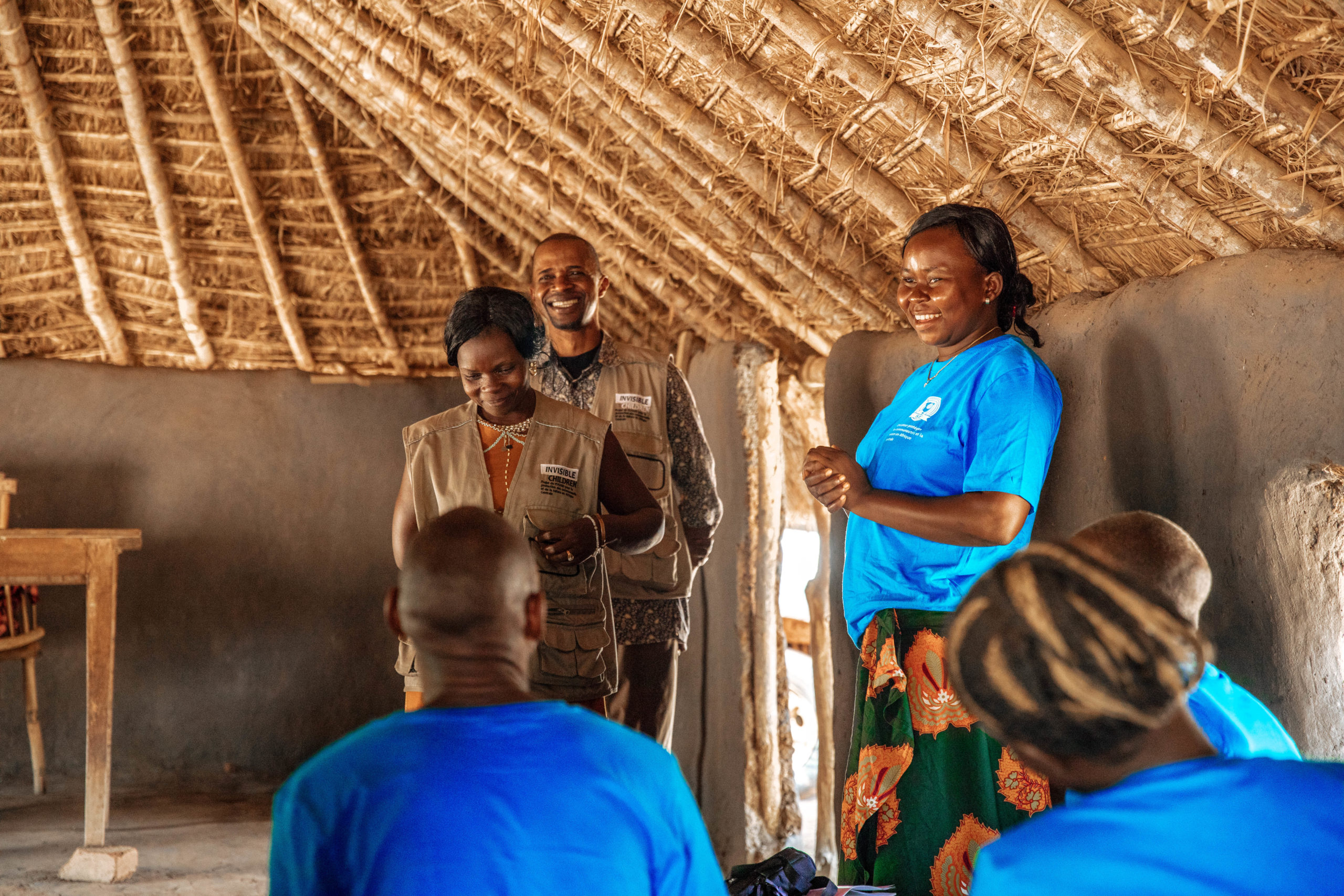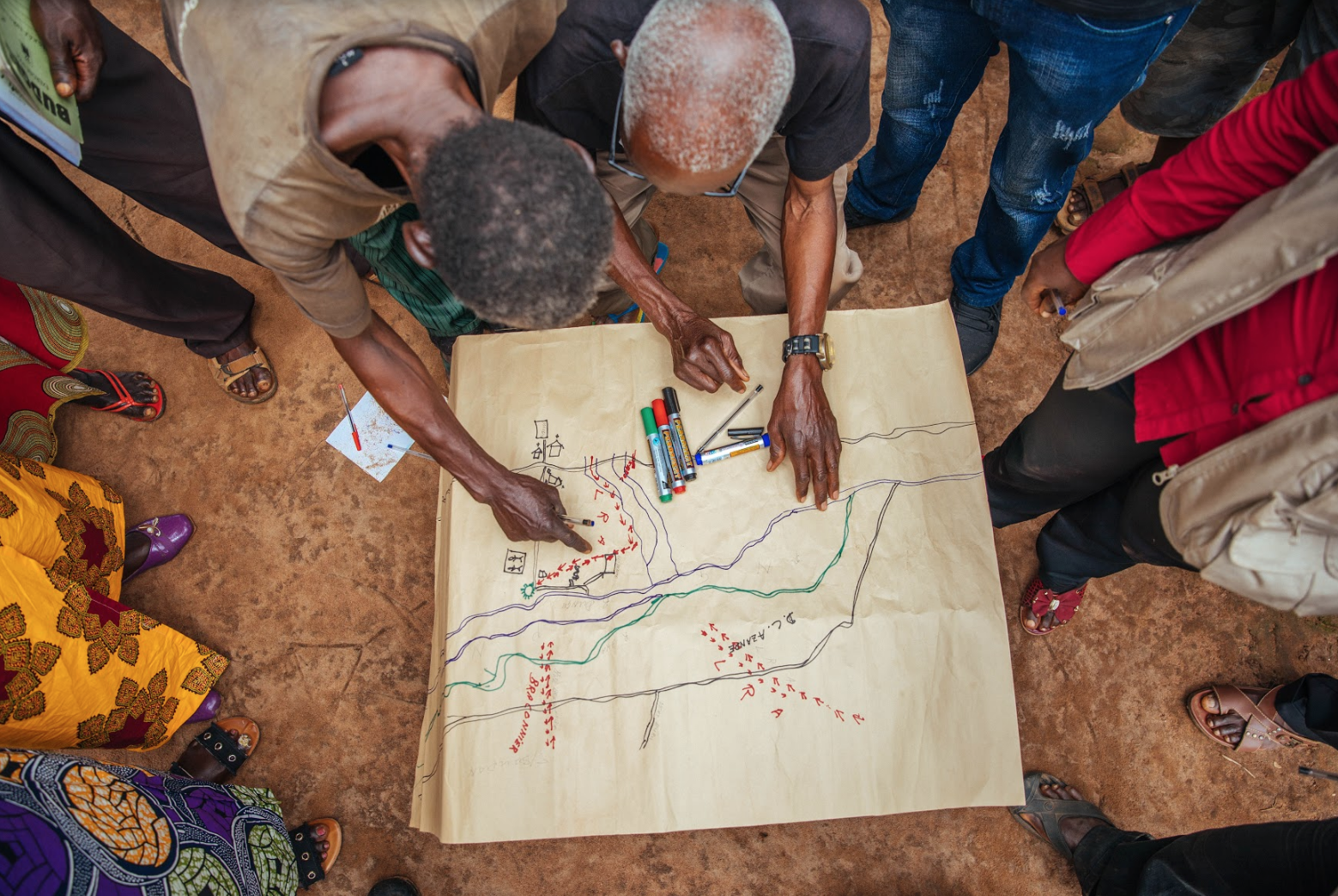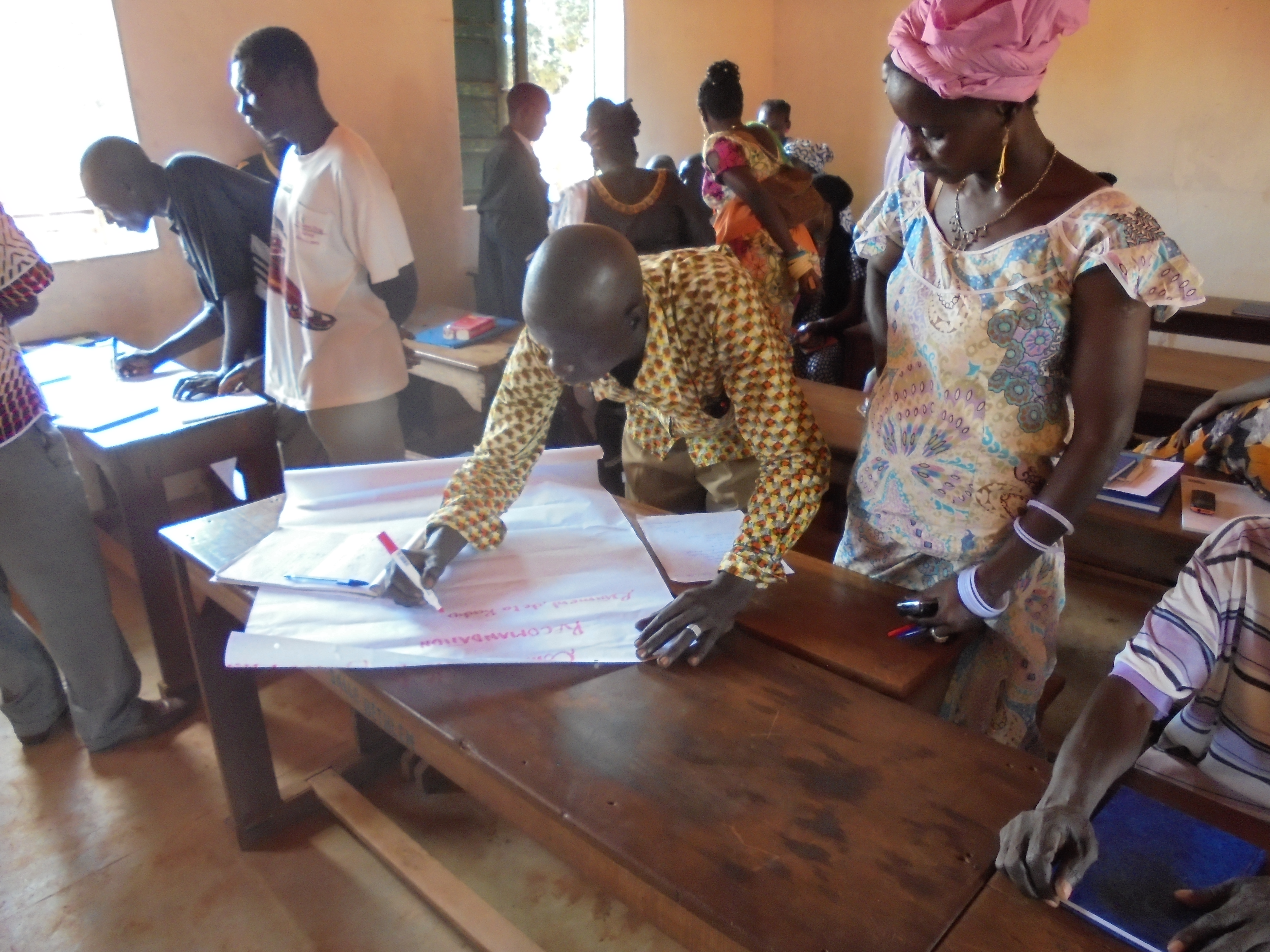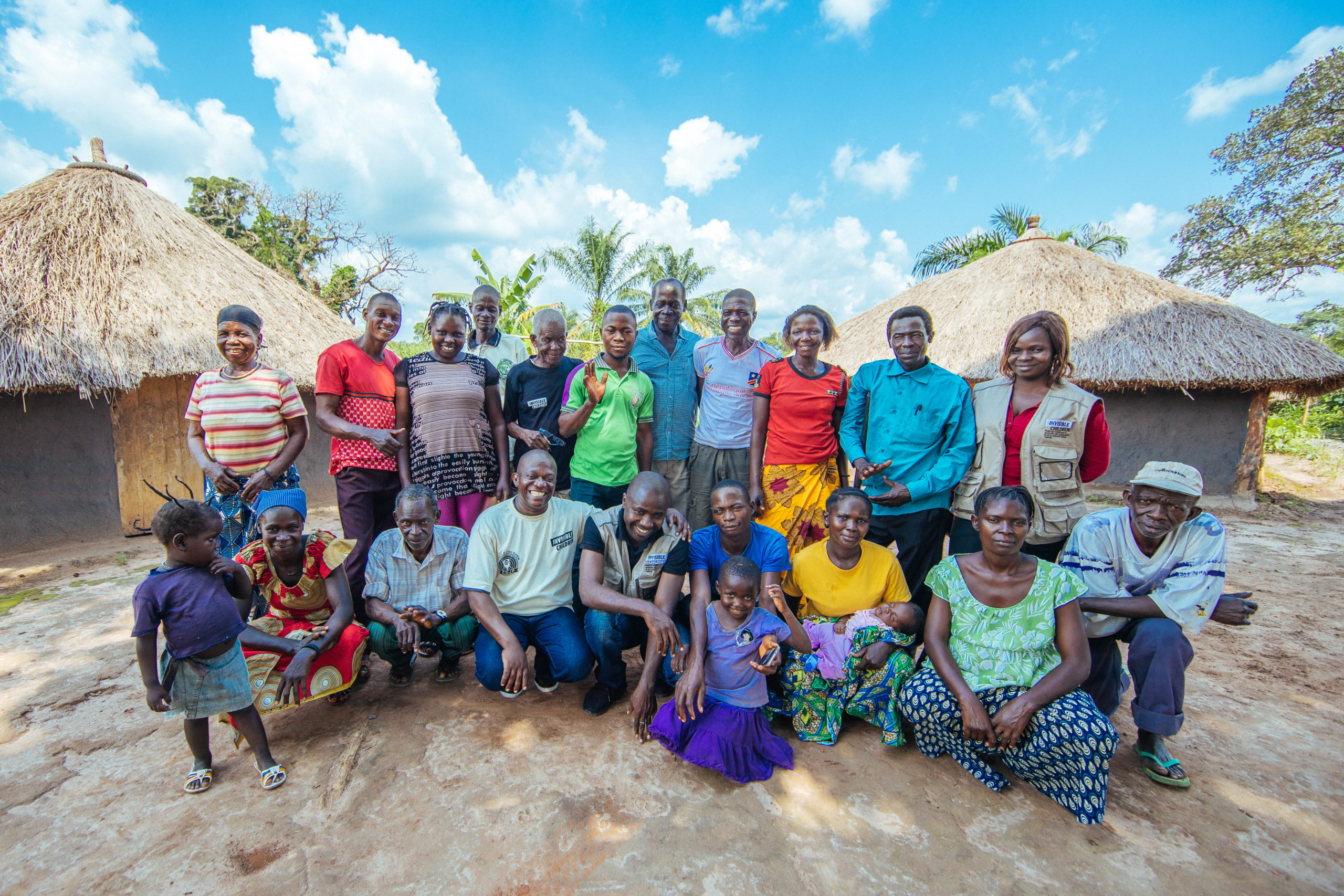Throughout central Africa, local Peace Committees are helping to make their communities more resilient and safer from violent conflict. Between 2019 and 2021, our Crisis Tracker conflict analysis experts have tracked how local communities respond to and prevent threats. Based on the information gathered, it is clear that Peace Committees demonstrate a strong capacity for improving safety for all — including the most vulnerable.
With your support, Invisible Children is strengthening and connecting more than 150 local Peace Committees in the Democratic Republic of Congo (DRC), the Central African Republic (CAR), and South Sudan. Give today to support this work and help communties meet the challenges they face.

The Challenges Facing Central African Communities
Invisible Children supports communities in the remote regions along the borders between CAR, DRC, and South Sudan. These communities exist in an important region for trade, migration, and cultural exchange. However, they also face challenges related to armed groups and others who exploit the region’s resources and lack of governance.
Between January 2019 and September 2021, the Crisis Tracker documented 839 attacks on civilians and 120 incidents of intercommunal violence in this area. These scenarios are often devastating for people already facing severe poverty and a lack of access to infrastructure. Not only that, violence in this region has a destabilizing ripple effect that undermines the stability of all three countries.

Peace Committees Reduce Vulnerability Through Early Warning and Response
Local communities are best placed to identify threats to their safety and to develop effective solutions. For this reason, Invisible Children works alongside civil society organizations and their communities to prevent violent conflict.
Invisible Children-supported Peace Committees are comprised of locally elected community members. They are diverse, including women, youth, minority religious and ethnic groups, and other vulnerable members of the community. They work together to respond to violence, peacefully resolve conflict, and develop social cohesion across the community.
We work with these Peace Committees, to build their capacity, providing training and other tools. In particular, we connect communities to tools that allow them to share information with each other about local security threats. We work with each Peace Committee to create predetermined plans for how to respond to threats to their safety. These action plans also include a variety of strategies for proactively preventing the possibility of violence.
With these tools, communities are equipped to effectively respond to threats and prevent violence. Between January 2019 and September 2021, Invisible Children-supported Peace Committees implemented 1,536 risk prevention and response strategies. They addressed a wide range of threats — from armed group activity, to intercommunal tensions between farmers and pastoral communities, to gender-based violence.

Peace Committees Build Cross-Border Constituencies for Peace
Peace Committees are also engaging in proactive steps to prevent violent conflict and strengthen peace throughout the region. This is especially important in this border region where armed groups, migration, and poverty place stress on communities. This stress can create opportunities for intercommunal conflict that can become violent.
Peace Committees work to increase social cohesion and prevent intercommunal conflict through a variety of ways. In particular, Invisible Children collaborates with communities to develop contextually relevant messages that promote peace. Peace Committees have proven to be innovative in their methods for distributing these messages, using everything from bullhorns to micro SD cards that local people use to share music. We have also partnered with local organizations in DRC and CAR to create mobile cinema films, which use the power of storytelling to engage communities and change perspectives and behavior.
Invisible Children also provides Peace Committees with communications tools that allow for cross-border collaboration on efforts for regional peace. Peace Committees regularly collaborate with each other, sharing information, ideas, and resources. Through these connections, local peace building efforts become stronger and more effective.

Peace Committees are Key to Local and Regional Stability
By investing in the work of local Peace Committees, Invisible Children is helping to improve day-to-day safety for thousands of Central Africans. This not only saves lives, it also lays the groundwork for greater civic engagement and a more stable and democratic future in the region.
Your support today helps make Invisible Children’s work with Peace Committees possible. Give one time or become a monthly donor to join with us, and Central African communities to build a brighter future.

Think people should hear about this?